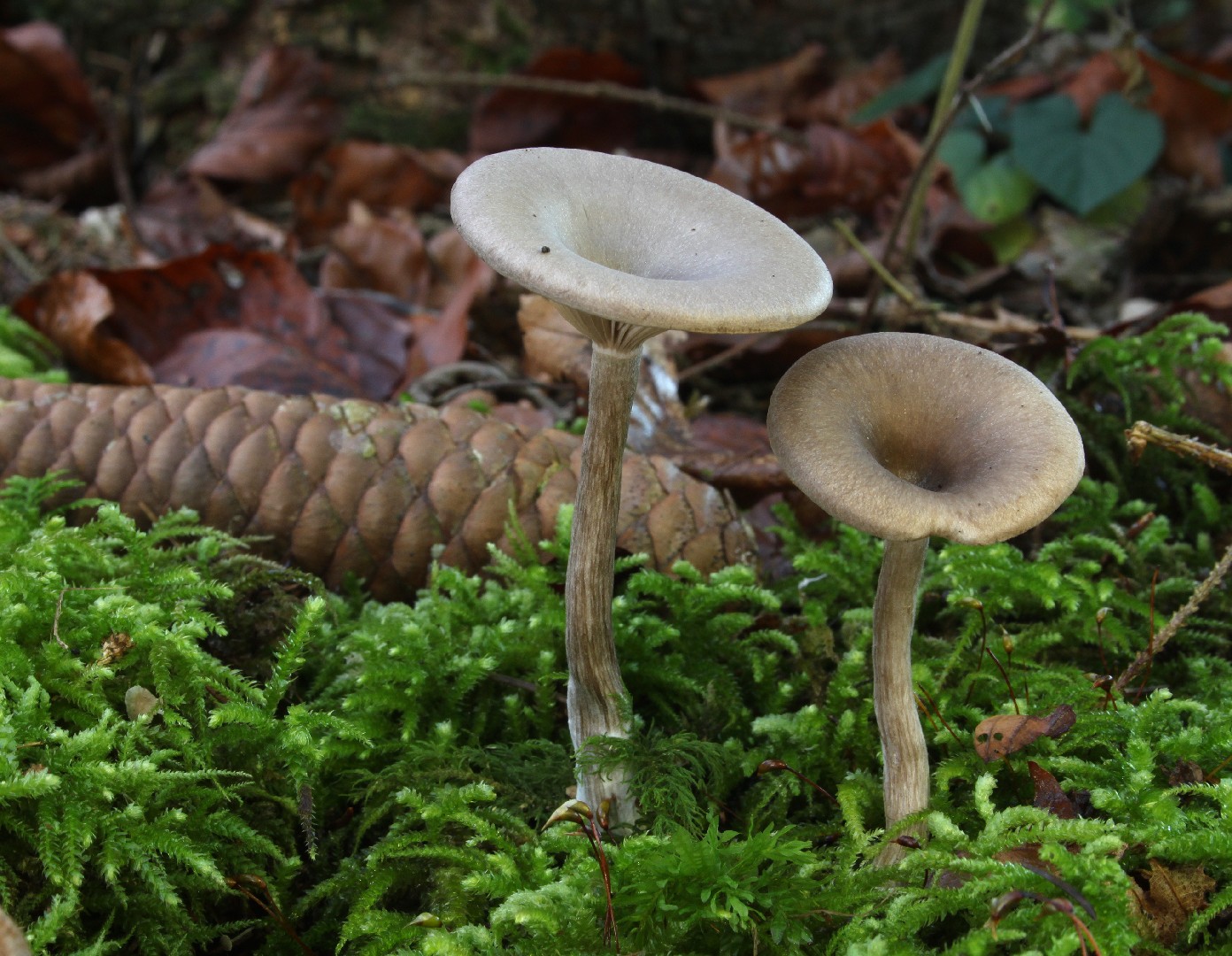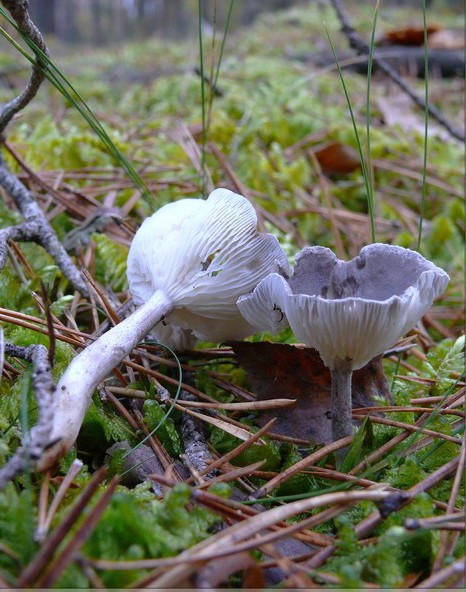Goblets
Scientific name: Pseudoclitocybe
Goblets
Scientific name: Pseudoclitocybe
 Photo By Holger Krisp , used under CC-BY-3.0 /Cropped and compressed from original
Photo By Holger Krisp , used under CC-BY-3.0 /Cropped and compressed from original Description
Goblets are fascinating fungi known for their distinctive, goblet-shaped caps. They are often found growing on decaying wood and moss, playing a crucial role in nutrient cycling within forest ecosystems. These fungi exhibit a unique adaptation to environmental conditions, thriving in moist, shaded areas. Some species within this group produce fruiting bodies that emit a slight aromatic odor, making them intriguing to mushroom enthusiasts.
Species of Goblets
Scientific Classification
Phylum
Club fungi Class
Mushroom-forming fungi Order
Gilled fungi Family
Pale-spore mushrooms Genus
Goblets 